As the fashion industry bows to pressure to become more progressive with its casting choices, a new generation of models from all backgrounds, cultures, genders and sexualities has taken to the runways. The transgender community — for so long underrepresented in fashion — can today count several fashion superstars in its ranks, namely Gucci muse Hari Nef and fashion week stalwart Andreja Pejić.
Now, in a CNN Style exclusive, model Teddy Quinlivan is publicly disclosing her transgender identity for the very first time.

Teddy Quinlivan has come out as transgender. She has been modeling since 2015, when she was first discovered by Louis Vuitton’s creative director Nicolas Ghesquière. Credit: Bjorn Iooss for Glamour US
Quinlivan, 23, is a catwalk and campaign regular, having walked for the likes of Jeremy Scott, Carolina Herrera and Diane Von Furstenberg at this fall’s New York Fashion week alone. Since being discovered by Louis Vuitton’s creative director Nicolas Ghesquière in 2015, her career has been in the ascendant.
Speaking between New York Fashion Week shows, Quinlivan explains what inspired her to come out, during what appears to be a crucial time for transgender people.
‘Doing it for myself’
“I’ve decided to reveal my trans identity because of the political climate in the world right now — particularly in the United States,” Quinlivan said. “We made an amazing progression under the Obama administration, and since the new administration took office there’s been a kind of backlash.
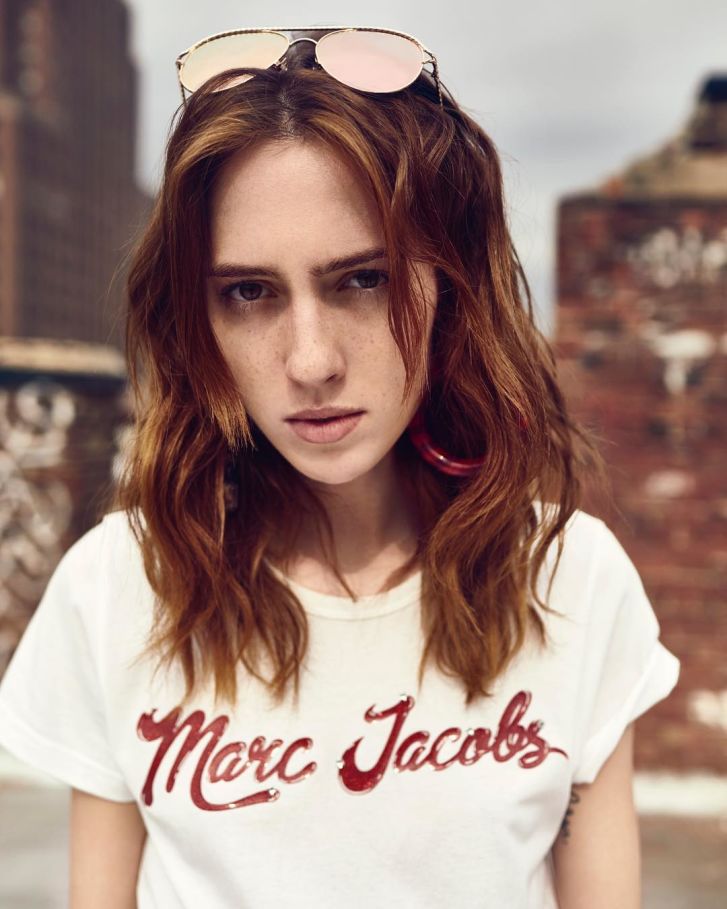
At 23, Quinlivan has walked for the likes of Jeremy Scott, Carolina Herrera and Diane Von Furstenberg. Credit: Billy Kidd (Courtesy of Marc Jacobs, via Women Management)
“There’s been violence against transgender people — particularly transgender women of color — since before I even knew what transgender was. I just felt a great sense of urgency. I’m very fortunate to be in (a) position (that) I never really thought I would be. It’s really important to take advantage of a time like this.”
With her views on Trump and violence against the trans community, would Quinlivan say that her decision to come out is rooted in politics, or something more personal? “I think the personal is political,” she replied. “It’s political, but I’m also doing it for myself. I was ready to come out, but I think the times we live in elevated the sense of importance and urgency.”
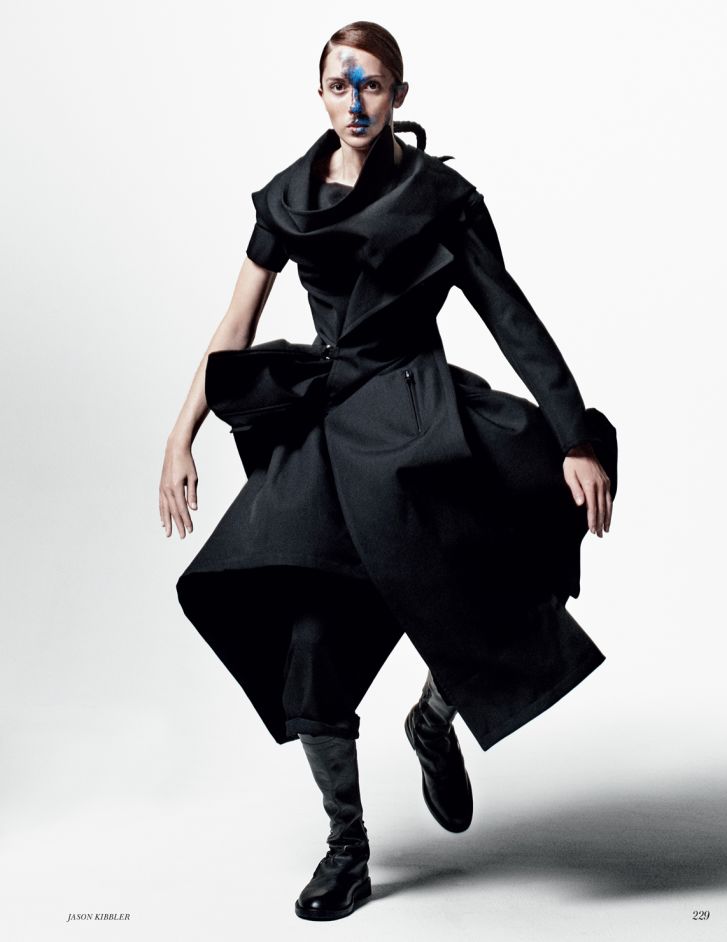
Teddy said she is nervous about a potential backlash to her coming out. Credit: Jason Kibbler (Courtesy of Vogue Russia, via Women Management)
Quinlivan accepts that her announcement may bring a backlash from less accepting corners of the internet — or even negative ramifications for her fashion career.
“I’m definitely a little bit nervous, because I’ve been presenting as cisgender (a person who identifies with the sex they were assigned at birth) for so long,” she said. “Since I transitioned when I was 16, I’ve been living as a cis female … I was very lucky, because I won the genetic lottery — I looked a certain way and my voice hadn’t dropped. That privilege gave me a lot of confidence to walk down the street, date and (work) in the fashion industry, where people I would presume I was a ‘normal’ girl.
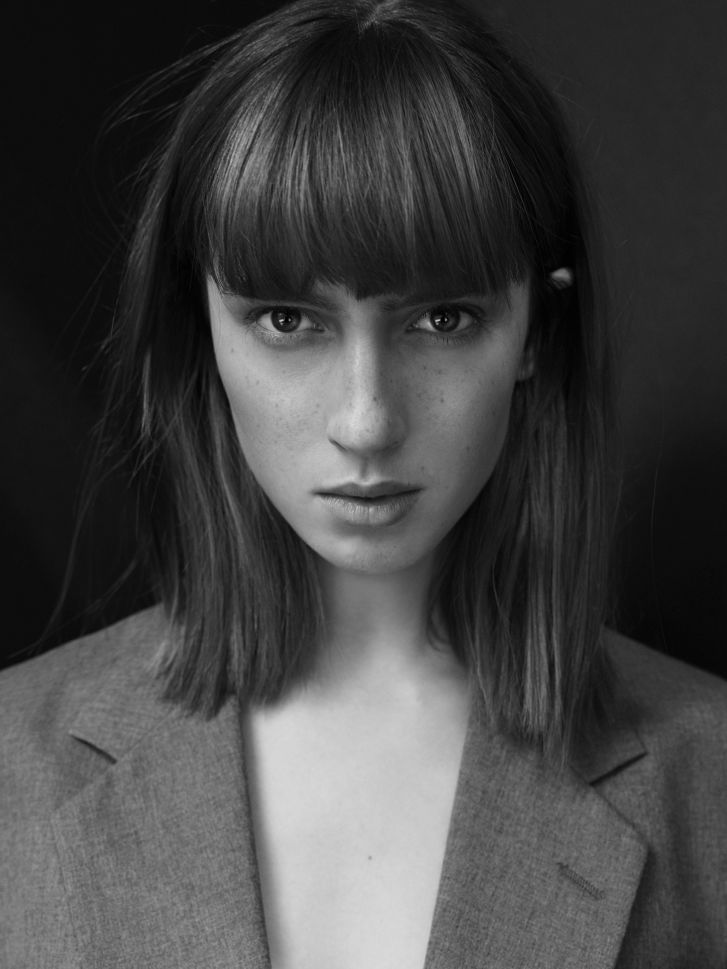
While she was growing up, Teddy said there were few transgender role models to look up to. Credit: Ace Amir (via Women Management)
“But when you come out as transgender to the world, on a platform, there may be some backlash. People might be violent against me because of something I never chose. That makes me nervous, but I’m really excited to share my story with the world. My optimism outweighs the fear.”
Quinlivan already has several high profile supporters behind her decision, including designer Marc Jacobs who wrote: “I respect, admire and support Teddy’s decision to come out as transgender. Now more than ever it is vital that we pledge our allegiance to the LGBT community and use our voices to encourage and inspire acceptance, equality, understanding and love.”
GLAAD president Sarah Kate Ellis said in a statement that Teddy is “sending a phenomenal message to transgender youth by using her personal story to show that transgender women can and should aspire to be whatever they want to be.”
‘No role models’
It seems likely that Quinlivan’s vocation in the fashion industry will change from simply “model” to “transgender model.” But she’s willing to accept the label.
“I don’t think it’s a problem because I don’t think there’s anything wrong with being trans,” she said. “I’m a woman first and foremost … I’m a model but I’m also transgender, and I think in a time when I can count most transgender celebrities on my hands, (this) is crucial.
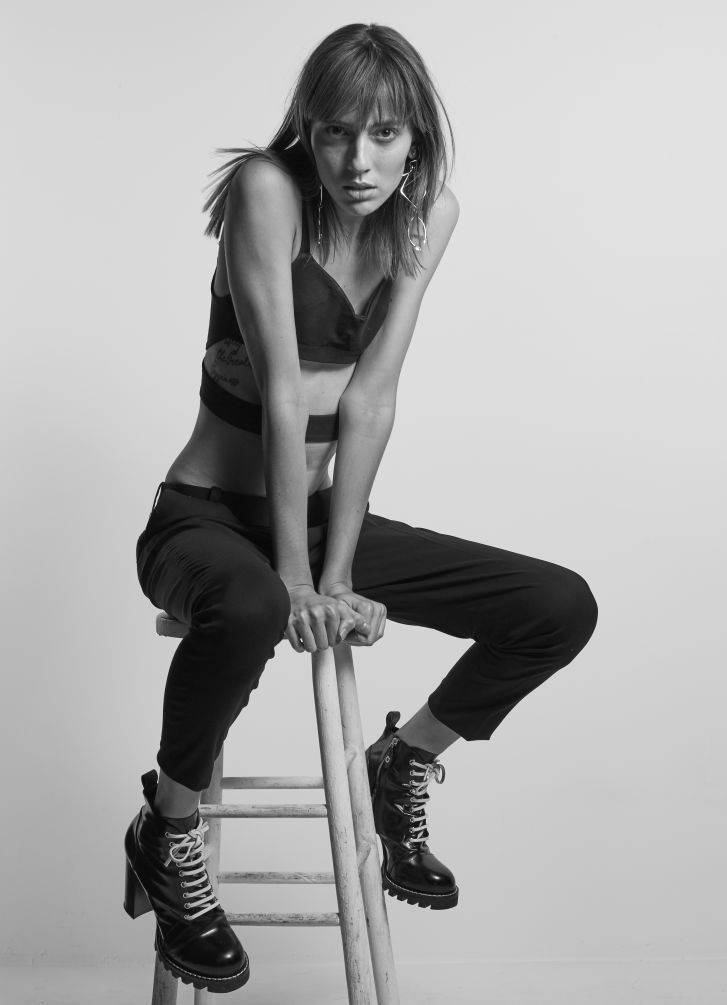
She said that a negative portrayal of transgender people dominated the media during her childhood. “They were made to seem like a bad joke,” she explained. Credit: Ace Amir (via Women Management)
“If being transgender is something that gets attached to my name throughout my career, then it’s for a worthy cause. But I look forward to the day when it doesn’t matter.
“Unfortunately, I didn’t have any trans role models until I was probably 18 or 19. Laverne Cox being on ‘Orange Is the New Black’ is new. Janet Mock, Caitlyn Jenner coming out — that’s recent.
“When I was growing up it was all Jerry Springer and Maury Povich. I was seeing this exploitation of trans women. They were made to seem like a bad joke. I felt like that was such a negative portrayal. I wasn’t like the women on these TV shows, so it gave me a lot of confusion.
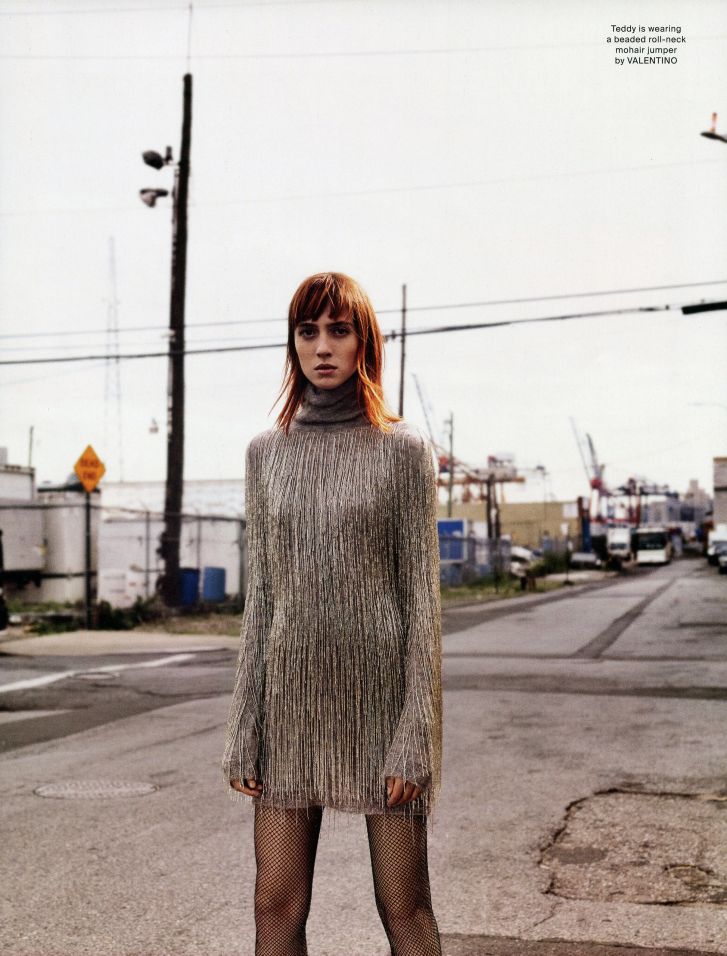
Quinlivan hopes that making the transgender community more visible will eventually encourage more acceptance. Credit: Craig McDean for AnOther Magazine
“Hopefully my story reaches people in the same way that the stories of Laverne Cox and Janet Mock have (already) reached trans people. There are not a lot of openly trans people in media, and I think it’s really important to show people that not only am I trans, I’m (also) very successful and good at what I do.”
But what role does Quinlivan think that the notoriously fickle, often superficial fashion industry can play in this? Can she use it as a tool for social change?
“I think one of the ways we can help people in the trans community is to give them a platform,” she said. “And I think the fashion industry plays a very crucial role in that. The fashion industry dictates what’s in fashion, what’s cool, what’s acceptable. It’s not just about who’s walking fashion shows … it’s about who’s on every newsstand in the country.
“The transgender community needs more visibility. And with more visibility will come more acceptance.”
http://edition.cnn.com/style/article/teddy-quinlivan-transgender-model/index.html
